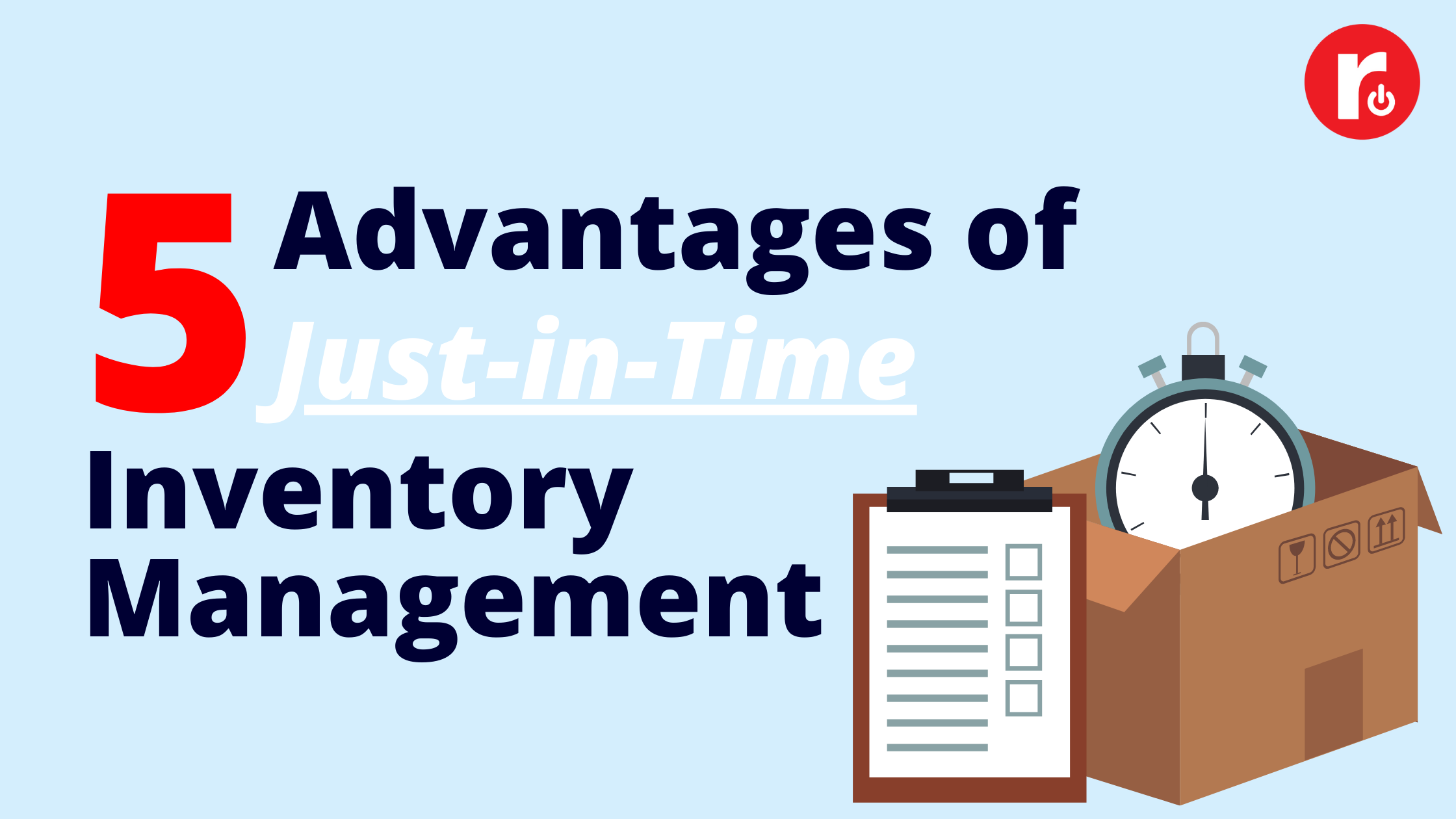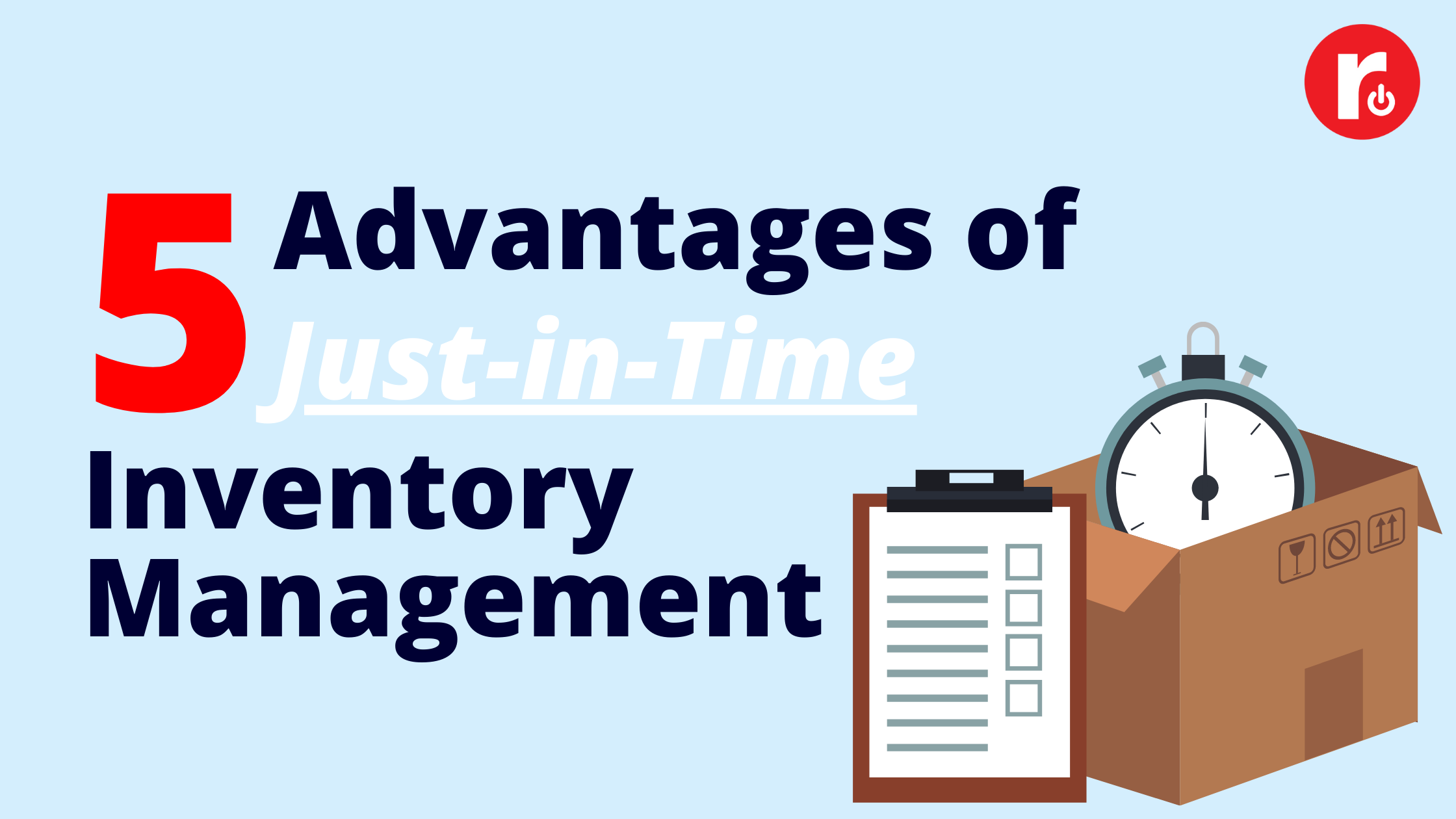
It seems like you hear about just-in-time all the time.
All the big players do it: Apple, Toyota, even McDonalds. But how do you know if just-in-time inventory management is right for your business? And, if it is, how do you incorporate it into your production process without causing hiccups or delays? We’ll break it down for you, starting with the basics.
What is Just-In-Time (JIT) Inventory Management?
Just-in-time – also referred to as JIT – is an inventory management method in which materials are received only as they are needed in production.
The thought of this can be nerve-racking, for some. But if done correctly, just-in-time inventory management can reduce warehouse costs, improve efficiency, and increase quality control.
Here are some additional benefits of a successful JIT inventory management strategy:
Increased cash flow.
Apple has around $195 billion in cash on hand. That fact combined with their lean inventory management strategy is no coincidence. Excess inventory can be costly. It costs to store it and you sink more funds if materials become obsolete and can no longer be used. Our parents were right when they said to prioritize your needs – which is exactly what just-in-time inventory management does – giving you the ability to use that cash for just about anything else.
Increased productivity.
Time is money. And when you’re not sure about demand, you’ll spend a lot of time guessing and experimenting. Just-in-time inventory management significantly reduces lead time. Knowing that materials are going to be exactly where they should be – and at the right time – allows your team to focus on getting things done. This way, they can maintain a continuous flow that increases revenue.
Increased responsiveness.
Here’s where automation comes in. Just-in-time inventory management relies on data, forecasting, and triggers to call for materials exactly when you need them and to raise flags for potential production concerns. If autonomous workflows haven’t been set up, then this must be done manually… by a human. The human in question could be on lunch, on vacation, or simply overlook the data point when the problem or need occurs. Even if your team does act fast with attention to detail, there are time delays that simply can’t be avoided with manual data entry. JIT inventory management ensures that missed communication never cripples your operations.
Reduced warehouse costs.
Holding pays off when it comes to another type of stock – but, it usually ends up costing you when it’s referring to inventory. Warehouse fees can quickly add up and increase overhead costs. By keeping only inventory you’re actively using on-hand, you have less to store – which means you pay less of those expensive storage fees.
Reduced waste.
Let’s revisit the concept of obsolescence. When something becomes outdated, or simply goes bad, what happens to it? In 2018, over 146 million tons of solid waste were landfilled. Plastics, metals, and glass accounted for over 30%. Just-in-time inventory management trims operational waste through purchasing and forecasting backed by historical data. So, while increasing your revenue and productivity, you’re also doing a solid for the environment.
Manually placing supply orders can result in inaccuracies that leave you unprepared to take on growing customer demands. Implementing just-in-time inventory management keeps your processes simple and easy. This strategy typically requires modernizations like automation, barcoding, and cloud computing – all good things to have when scaling a growing business.
Remember: your integrations are only as strong as the core functionality of your management software. So, before upgrading your inventory and warehouse processes, double-check that your system is up to date with our evaluation checklist.


